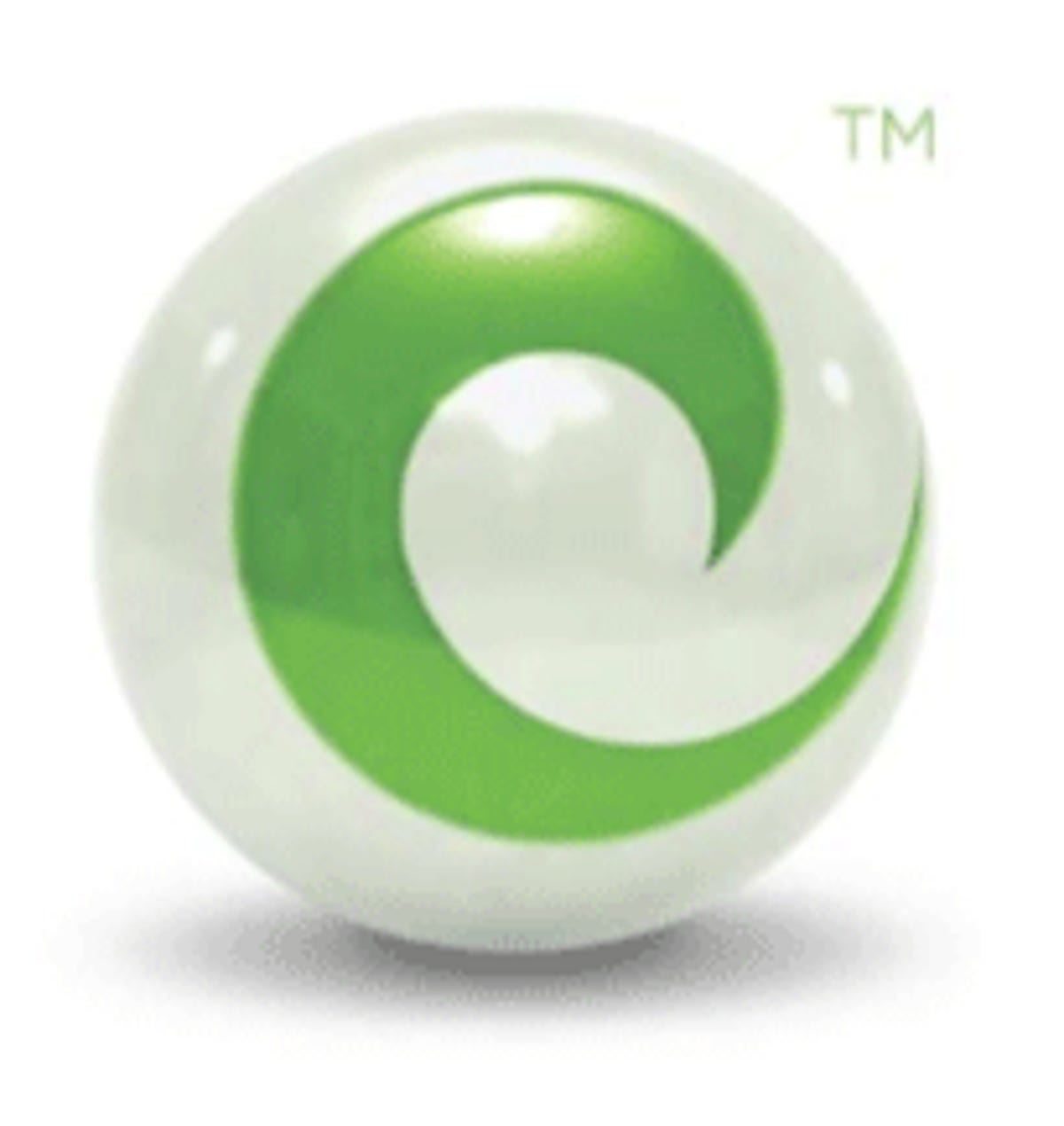NEW ORLEANS–Clearwire, often seen in the industry as the odd duck of the wireless providers, may actually be on the unlikely path to offering a globally compatible device.

At least that’s what CEO Erik Prusch believes. With major carriers in China, India, and Europe supporting the same spectrum band and variant of LTE, it’s possible that a phone running on Clearwire can hop on to international networks with little fuss.
The advent of LTE was supposed to bring a universal standard to carriers. But the wide variety of technology standards and different spectrums has left the carriers as fragmented as ever. Despite running on similar spectrum, Verizon Wireless and AT&T LTE phones don’t run on each other’s networks.
It’s interesting that Clearwire, of all carriers, would become the standard bearer for compatibility around the world. Just a few months ago, its variant of LTE — known as TDD-LTE — was seen the one left out in the cold, with every other U.S. carrier supporting another variant, called FDD-LTE.
“You had skepticism around the ecosystem and whether it would catch on,” Prusch told CNET yesterday in an interview here at CTIA 2012. “But now you’re seeing some larger players put their might behind it.”
Among the TDD-LTE backers are China Mobile, the world’s largest wireless carrier, Bharti-Airtel in India, and Softbank in Japan. Others, in Europe, are starting to consider the technology.
Of course, this kind of international compatibility isn’t coming anytime soon. Clearwire doesn’t plan to launch its LTE network until next year, and the carriers overseas have varying plans for their own LTE deployments.
“It will take a while, but the potential is there,” Prusch said, adding that the band Clearwire is operating on is the most globally harmonized out there.
Others in the industry are starting to back up the technology. Clearwire and Qualcomm said yesterday that Qualcomm would begin building chips that would integrate FDD and TDD variants into a single chip, making it easier for devices to run on different LTE networks. That’s important because Sprint Nextel, Clearwire’s largest customer and investor, operates on FDD LTE, and would want a chip that could run on both networks.
The day before, Clearwire said it was working with chipmaker Sequans Communications to accelerate the development of LTE devices.
“It’s all about the ecosystem,” Prusch said.
Clearwire, which recently agreed to $300 million in equity financing, continues to look for different sources of cash, including the sale of part of its spectrum. Prusch said he continues to see interest in the spectrum.
Clearwire continues to make progress in its conversations with potential customers looking to take advantage of its wireless network, Prusch said. With many companies likely sitting on the sidelines waiting for LTE, he expects a big rush of customers to sign up once the LTE network is switched on.
Clearwire still plans to launch its LTE network on 5,000 cellular sites by the middle of next year, with the first LTE devices emerging early next year, Prusch said.
The company wants to act as a wholesaler of wireless service, allowing new businesses to go wireless or providing capacity to carriers looking to ease traffic off of their own networks. Though Prusch said AT&T and Verizon Wireless could run on its network, he declined to say whether the two were in discussion with Clearwire.
Beyond the carriers are the different businesses, such as NetZero and others, that may emerge from the network.
“We haven’t scratched the surface of new business models,” he said.



